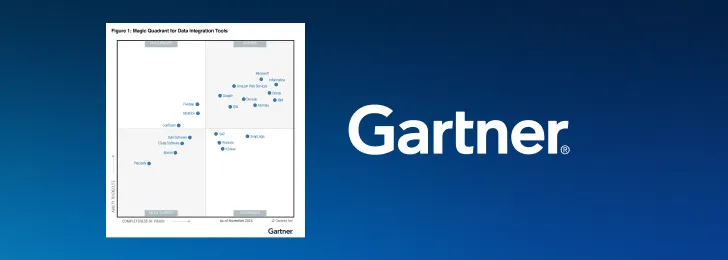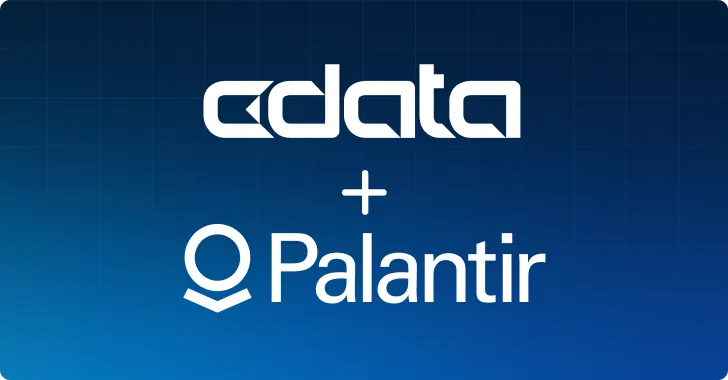Access to accurate data is only one part of the equation to making that data actionable. Only when analytics is at the forefront of your strategy will you be able to drive business outcomes using your data
The ability to make sense of the data you have on hand and turn it into actionable insight requires back-end analysis and evaluation. (We talked about “4 Steps to Better Manage Your Data" in a previous blog.) A solution that correlates, weights, and scores data is paramount to delivering on those needs. Leaders must champion insights within their organizations and work to create and sustain a data-and-analytics-centric culture.
Gartner predicts that by 2022, 90% of corporate strategies will explicitly mention information as a critical enterprise asset, and analytics as an essential competency. However, they also predict that only 20% of analytics insights will deliver business outcomes through 2022. If analyzing and actioning data are that important, what steps can your organization take to drive a culture of actionable data analytics?
Data should be at the center of any solid business decision. Leaders must emphasize the use of analytics with their teams and how it can drive performance. Data insights can be used to measure the efficiency of your organization, boost productivity, increase sales, improve decision-making, and streamline processes. The work must be done within individual departments to determine how analytics can drive results for them.
Once a team understands how analytics can be used to drive improvements in their organization , they must next be able to explain its use to others. Storytelling is the most impactful way to drive the adoption of analytics because it makes the data relatable in real-world applications. Without this key step, all the work of bringing together and managing the data goes to waste. Miro Kazakoff, an MIT Sloan lecturer, describes the use of storytelling in the following way: “If you want people to make the right decisions with data, you have to get in their head in a way they understand. Throughout human history, the way to do that has been with stories". If businesses don't spend the time to make the data meaningful to others, even the best insights will fall on deaf ears.
The MarTech Example
Let's delve into the example of the marketing technology stack and the use of actionable insights. Marketing teams spend large amounts of money to track their campaigns and pull insights from potential customers. The marketing tech stack represents all the technologies that are used to manage the customer lifecycle. When selecting the technology for use in their MarTech stack, organizations should consider the types of data they are collecting and how that data works together in order to create actionable insights.
MarTech tools continue to evolve, but many marketers still have difficulty using the data from these tools effectively. Often there are so many tools that it becomes difficult to pull the results together in a meaningful way. Gartner's Marketing Data and Analytics Survey from 2020 revealed only 54% of marketing decisions are being influenced by marketing analytics. So, what can organizations do with their MarTech stack and all that data?
Most organizations don't see their MarTech stack as a single system. Obviously, the MarTech stack is made up of a variety of tools, but those tools need to function together in an integrated way to be effective. And for any conglomeration of tools to be useful, it must also be designed around its purpose. For a MarTech stack to function in an optimal way, organizations must design the stack around the customer, from initial contact through deal close, to service and renewals. By building the stack around the customer journey, organizations can service their customers in the best way possible by predicting their needs and addressing their concerns as they arise. This approach needs to be top of mind as you begin to address the issues inherent with multiple tools that pull data and generate insights.
Analytics and data insights are critical to an organization's success, so it's important to keep them a priority across your organization. When designing what tools and data will be used, businesses must focus on the data outcomes to plan and create systems that benefit the business.
Discover More
Reach out to CData's data connectivity specialists for guidance on how to easily connect, integrate, and transform your data today to support your data warehousing initiatives.





